Exploring Immersive Media: Texas
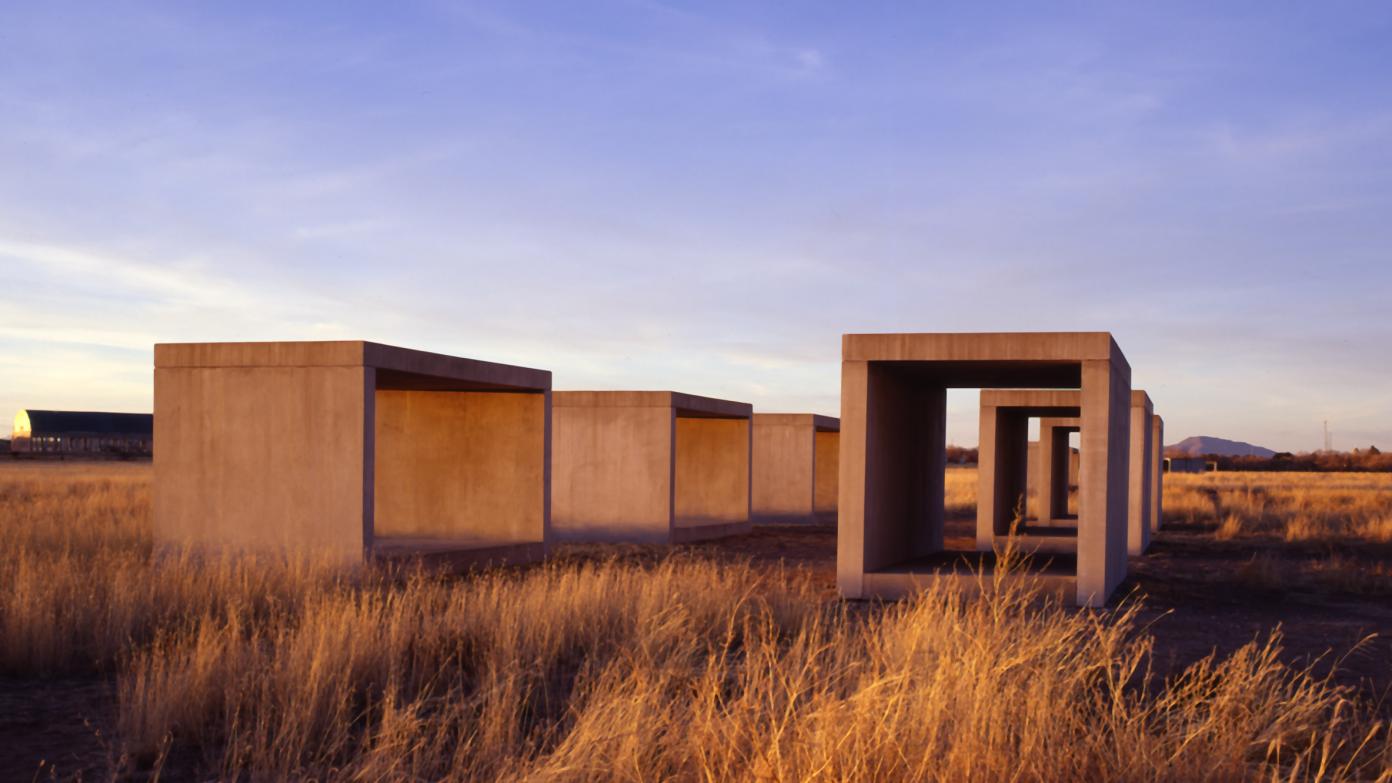
A long road in the middle of the desert, extensive ranches that stretch on for miles, longhorns greeting you on the way…Is this what comes to mind upon hearing the mention of “Texas”? If so, you might have missed a few things.
“Will Texas Steal California’s Title as U.S. Tech Capital?” “Why Tech Companies Are Moving to Texas and Florida”, “The Great Migration – Silicon Valley to Silicon Hills”. Since the beginning of the pandemic in March 2020, the transformation of the Lone Star State into a haven for tech and digital creation hasn’t stopped making the headlines.
Back in the 1970s and early 1980s, a few tech companies such as Motorola and Dell opened manufacturing facilities in Texas. The University of Texas opened its IC2 Institute to support economic development through technological innovation. In 1989, the IC2 launched the Austin Technology Incubator –the longest active tech incubator in the US, still operating to this day – that has played a major role in the development of start-ups in Texas.
Since then, following the steps of Motorola and Dell, many tech companies, among which Google, Apple, Visa and eBay, have opened offices in the so-called “Silicon Hills”. With the pandemic and the rise of rents in the Bay Area, an increasing number of tech workers settled in Austin, Houston and Dallas.
What does Texas look today? How diverse is digital creation in the Lone Star State?
A Detour via Marfa
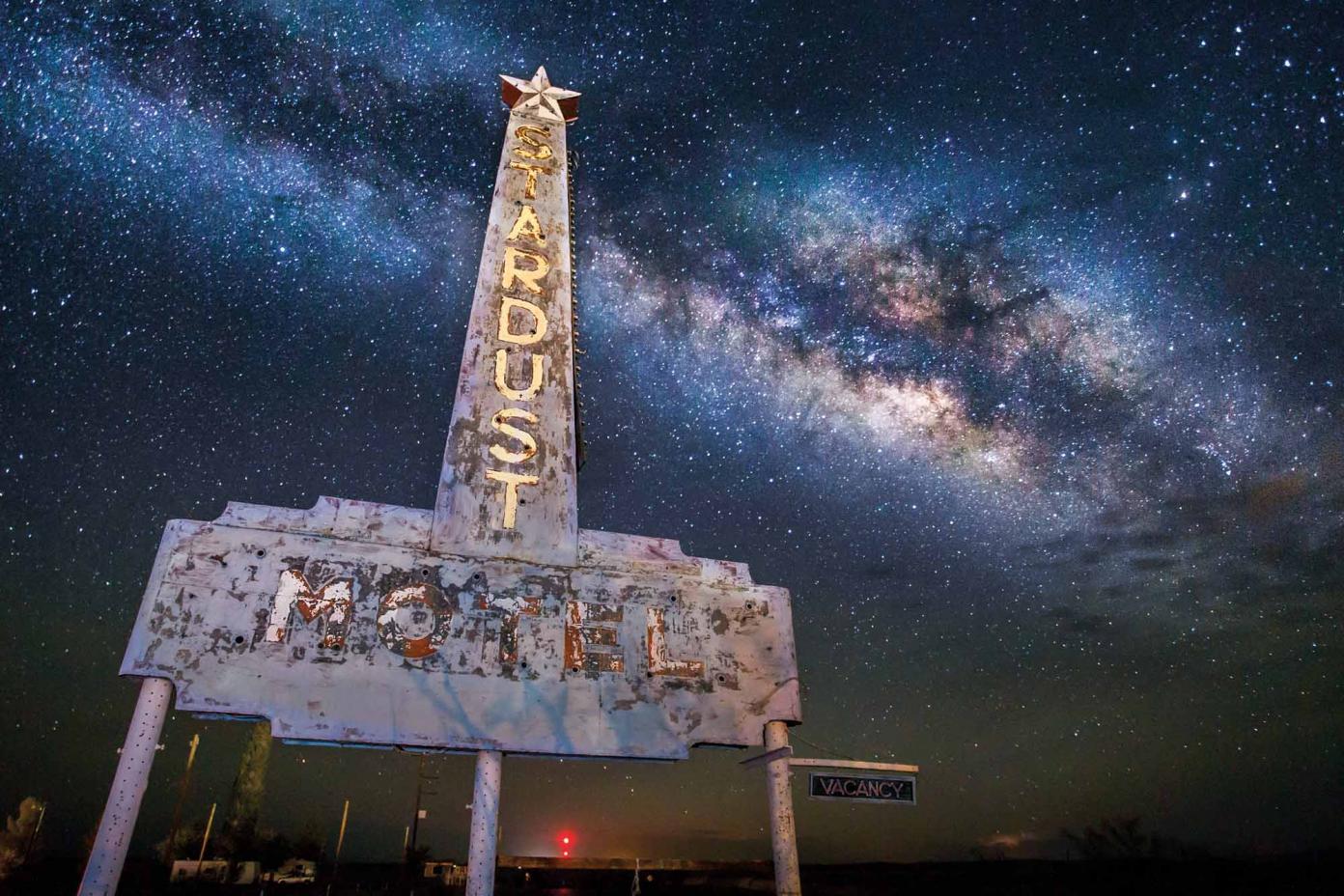
© Jason Weingart Photography
The city of Marfa is named after a character from Fyodor Dostoyevsky’s The Brothers Karamazov, and the spirit of creation is alive and well. After serving as a waterstop in the late 19th century, the small Texan town welcomed a military base during World War II and was then slowly forgotten, experiencing economic issues during the post-war years. But in the 1970s, a minimalist artist from New York City rented a house in Marfa and decided he would never leave the town he had fallen in love with. The artist’s name was Donald Judd. He bought buildings and land, transforming the small, deserted town into an open-air museum. Even if 30 years have passed since Judd’s passing, Marfa remains an unmissable stop for art lovers.
It comes as no surprise that the unique Texan town was chosen by Villa Albertine to welcome artists who develop projects connected to Texas.
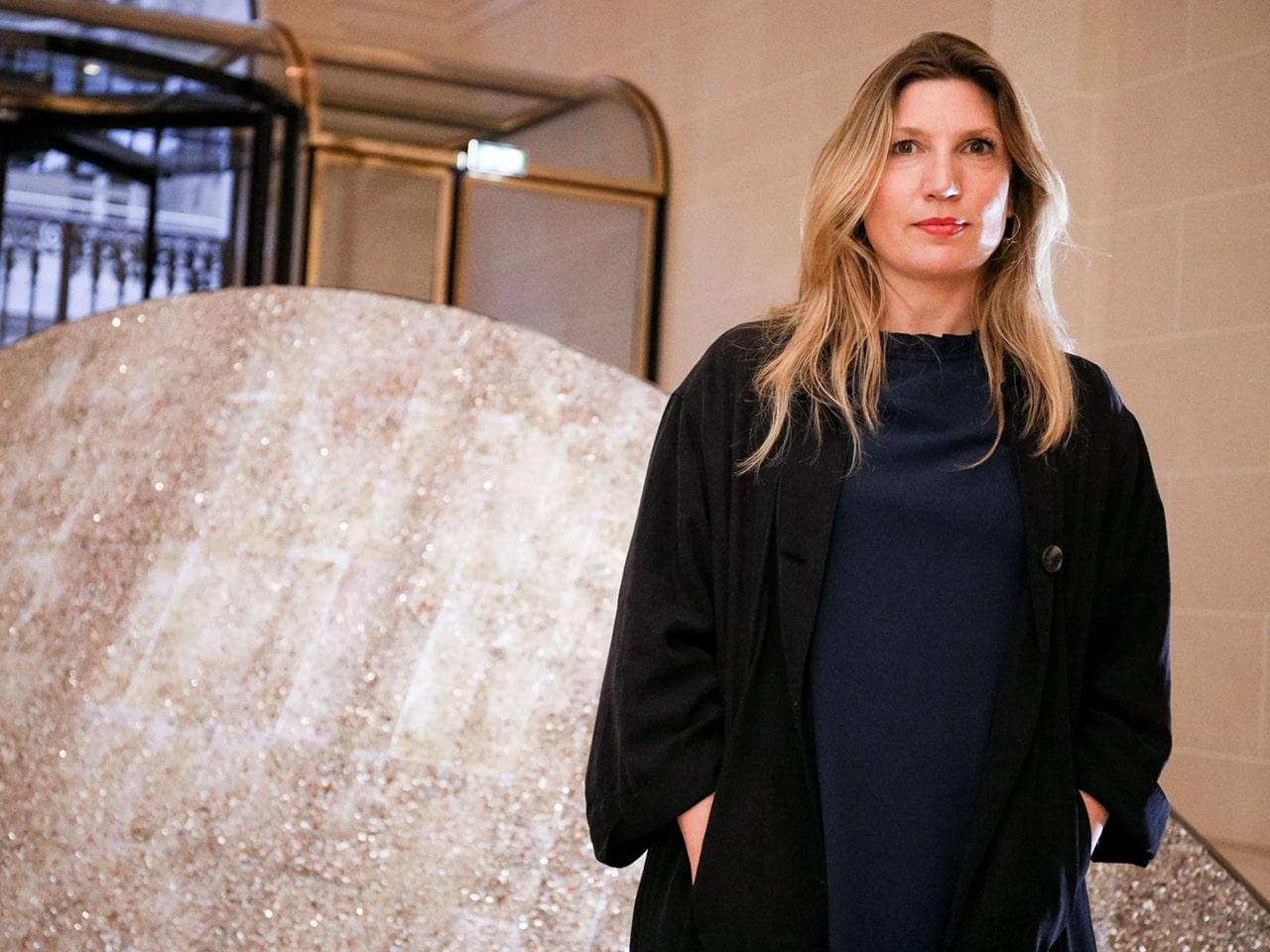
Courtesy The Peninsula Hotels
Visual artist and Villa Albertine’s resident Elise Morin has recently settled in Marfa and Houston to work alongside NASA experts on the implications of space exploration in terms of human relations and the development of new skills.
Learn more about Elise Morin’s project!
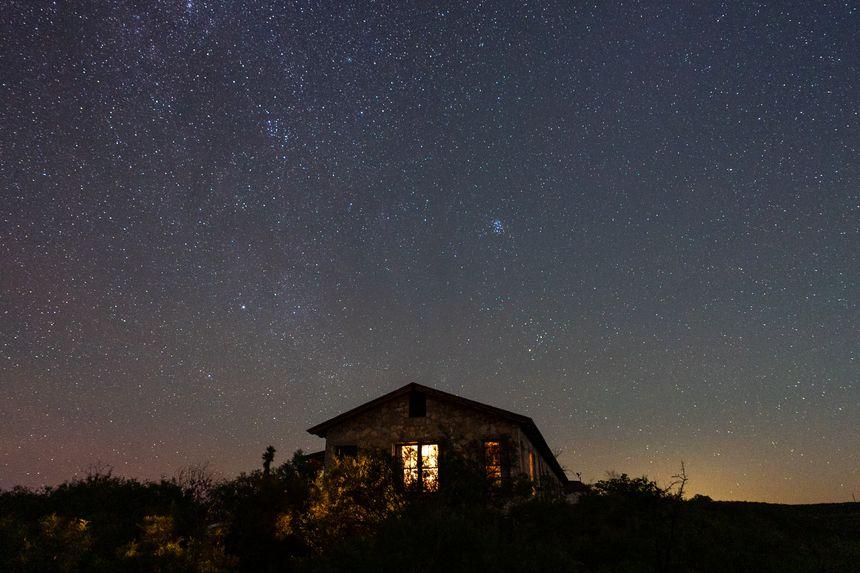
©Vanessa Del Campo
Amazed by the dynamism of Texas in terms of digital and artistic creation, Villa Albertine’s teams decided to create a special residency program in Marfa. Gathering four artists and researchers from a wide range of fields, the Marfa residency aims at creating a unique research environment in what is probably the most unique town in Texas – and perhaps in the US.
From October 5 to November 5, 2022, under the direction of French historian Frédérique Aït-Touati, French author and exhibition curator Léa Bismuth, Spanish filmmaker and aerospace engineer Vanessa del Campo, France-based American designer Elizabeth Hong, and French CNRS research director Jean-Philippe Uzan, examined “the drive for civilizational, technical, and economic conquest” and reflected on how we can help “construct new imaginaries of outer space”.
In December 2022, France Culture released a podcast series on French Cultural Affairs in Texas. The team met Villa Albertine’s Marfa residents. Listen to the full series here!
Digital Education in Texas
Since the creation of the IC2 Institute and the launch of the Austin Tech lab a few years later, Texas has played a major role in the development of new curriculums in the fields of technology and digital creation. For the purpose of this article, we interviewed Christine Veras, assistant professor of Animation at The University of Texas at Dallas and director of experimenta.l. – a collaborative lab that specializes in creative research and critical practices in animation.
Located in the homeland of large-scale animation productions known by children all over the world and the home state of many major animation artists such as Tex Avery, Don Bluth and Wes Anderson, Texas hasn’t ceased to attract students: “Regarding schools, I am glad to say that animation is growing in Texas. Different programs offer different opportunities, and, in our case, at the University of Texas at Dallas’ School of Arts, Humanities, and Technology, our Animation and Games program prepares students to work at different levels in the industry. For example, our students can assume different supporting positions in modeling, rigging, or animation or be creative leads or production managers ».
In her teaching experience at UT Dallas, Veras admits that she very much enjoys the diversity of approaches that the study of animation offers. “Technology has significantly changed and has become more accessible than it was ten years ago [… ] I think that students’ approach to animation has changed. They are more aware of the importance of representation, and the impact that meaningful and inclusive stories have on their lives […] I think today’s generation seems more willing to make efforts toward equity and inclusion, which gives me hope for the future of animation.”
Located inside UT-Dallas, the experimenta.l. lab offers a unique space of creation for both undergrad and graduate students. By exploring material processes alongside technology, students discover possibilities offered by both traditional and contemporary digital techniques to create new storytelling. Students then have an opportunity to present their animation work in an exclusive exhibition at Texas Tech University Museum.
A stop in Austin: Art, Technology and Creation
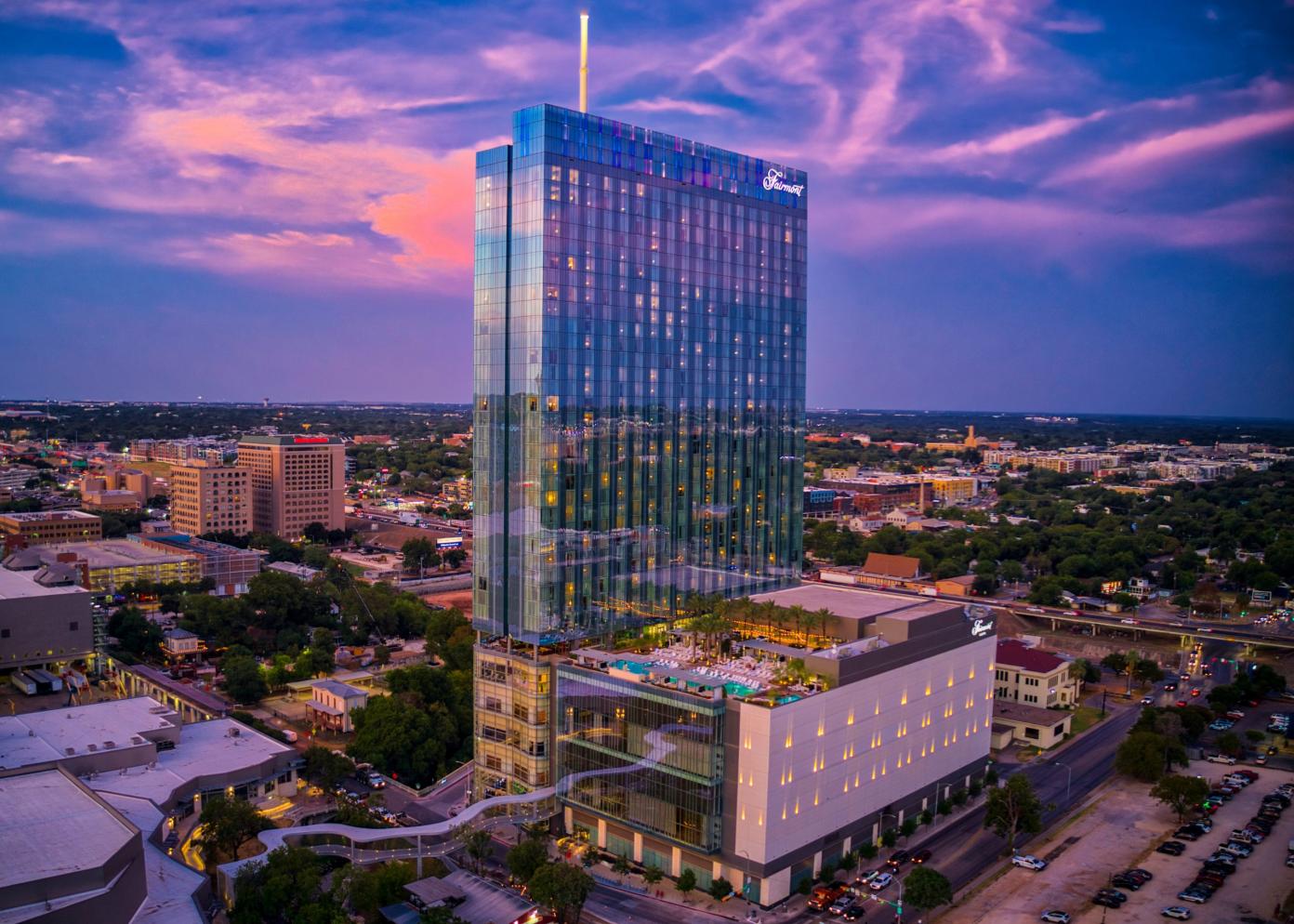
© Fairmont
SXSW:
Founded in 1987, SXSW aimed at “bringing the outside world to Austin for a close-up view’ right from the start. It has since become the annual rendez-vous that combines technology and art, offering a wide range of events going from concerts, film premieres, art exhibitions and tech panels.
Visual artist Aimee Everett – who is also Art Program Curator of the festival – acknowledges the role played by SXSW in bringing together such a strong artistic community from all over the world: “As the Art Program Curator at SXSW, I am honored to work with amazing artists each year. We receive many applications from artists and designers around the world […] SXSW’s contribution to the digital art scene is focused on building upon the already amazing Texas art community. We are adding to this living conversation between artists and digital media.”
Each year, the festival starts a discussion on topics that shape today’s digital creation. SXSW 2023 – which took place March 10-19, featured panels that tackled the future of immersive experiences and AI, the impact of consumer culture on environmental crises, and the possibility of designing a new type of urban life among other compelling topics.

© David Spira
With a strong network of universities that specialize in tech and digital creation and a pioneering festival, it comes as no surprise that Texas has become a haven for small –yet daring – digital companies.
We interviewed Wonderspaces and Meow Wolf, two production companies that specialize in immersive art.
Meow Wolf was founded in 2008 in Santa Fe by a collective of artists that wanted to create outside of the traditional gallery structure. Founded 8 years later, Wonderspaces is built on a very similar idea and aims at creating a more accessible space for art. “There are artists around the world whose work could be appreciated by broader audiences if it were presented to them as a welcoming place to gather with friends and family,” says Jason Shin, Co-Founder of Wonderspaces.
Recognized in Fast Company’s World’s 50 Most Innovative Companies in 2022 and 2020, Meow Wolf has the ambition to design mesmerizing immersive experiences inspired by magical world – as seen in the award-winning House of Eternal Return – a multidimensional house with secrets passages. Wonderspaces, which has offices in Austin, Philadelphia, and Scottsdale, offers the possibility to see a wide range of immersive art from all over the world. Asked about why they chose to settle in Austin, co-founder Jason Shin says: “We chose Austin as one of our first anchor shows because of the way the community here embraces the arts, even in new and untraditional forms.”
Since 2016, Meow Wolf has opened three locations: Sante Fe, Las Vegas and Denver. They will open two locations in the next two years in Texas, first in Grapevine, a suburb of Dallas, and then in Houston. “Texas has been on our radar since the beginning. We’ve worked with many Texas-based artists and fans, and have built creative partnerships throughout the years, with many of our Meow Wolf artists hailing from Texas. Texas is also one of the most diverse states in the country, with Dallas being the 9th most populous city in the country (Houston is 4th!). Another key factor is the growth of the creative economy in Texas. According to the 2021 State of the Arts Report Texas Cultural Trust, the Texas Arts and Culture industry has grown more than 30% over the past decade and we seek to be part of the amazing growth of this sector” (Kati Murphy, Vice-president of Meow Wolf).

© Holland Taylor
Texas Crossroads: Where the U.S. Meets France
Praised for attracting a very strong and international community when it comes to digital and artistic creation, Texas has become the homeland to many French creators and experts. We had the opportunity to meet some of them and discuss the reasons they came to Texas and what it has brought to their professional lives.
RAPHAEL COLANTONIO – Creating Video Games in the U.S.
After working at EA for several years, Raphaël Colantonio founded Arkane Studios in Lyon, France in 1999. He helped developing world-renowned games Arx Fatalis, Dark Messiah of Might and Magic, the Dishonored franchise and Prey. He then flew to Texas and settled in Austin where he founded WolfEye Studios in 2019 alongside French video game producer Julien Roby. WolfEye, whose video games are now distributed in Texas and California as well as France, Canada and Australia, has launched Weird West, an action role-playing video game available on PlayStation 4, Xbox and PC.
Now familiar with both France and Texas, Raphaël Colantonio gave us his views on today’s video game market and remains optimistic regarding the opportunities for young professionals. “The possibilities are as much present as before and perhaps even more. The biggest difference is that back in the 90s, we only had what we now call “AAA games”. Today, we have access to every kind of format from AAA games – the blockbuster ones – and very small games produced by independent studios”. To him, even though the video game market has never been so diverse, launching new activities abroad – whether it is France or the US – is less a challenge that it used to be: “A few years ago, I would have told you that there were strong differences between Europe and the US but now I feel like the working methods and the cultural differences tend to fade.” Thoughts to have in mind if you are planning to launch a studio overseas!
GERALDINE CHACHOUA – The Google Experience
Our next French professional is Google Machine Learning Chief of Staff Geraldine Chachoua. After her studies at French engineering school Ecole des Ponts et Chaussées, she flew to the US to pursue an MBA at Harvard University. She then worked as an Ad Sales Manager at Google California and was appointed Machine Learning Chief of Staff a few years later. During the pandemic, she decided to move to Austin, thus joining the migration of tech workers from Silicon Valley to the Silicon Hills.
“During covid, a lot of people who worked in big tech companies and startups in the Bay Area decided to move to Texas, mainly because of the rent increase in San Francisco and the suburbs. The possibility to work remotely, which had become necessary during the lockdown, also enabled many people to move to Texas while still working for their California-based companies”. But now that most big tech companies have opened offices in Texas, are there other states or even countries where the flow of Californian workers could settle?
“Definitely Florida. But recently people started talking about Denver too, so I guess we’ll see a rise of tech companies there in the years to come. And I think that Canada could also become the new trendy destination”.
Stay tuned, we’ll select another state to explore soon!
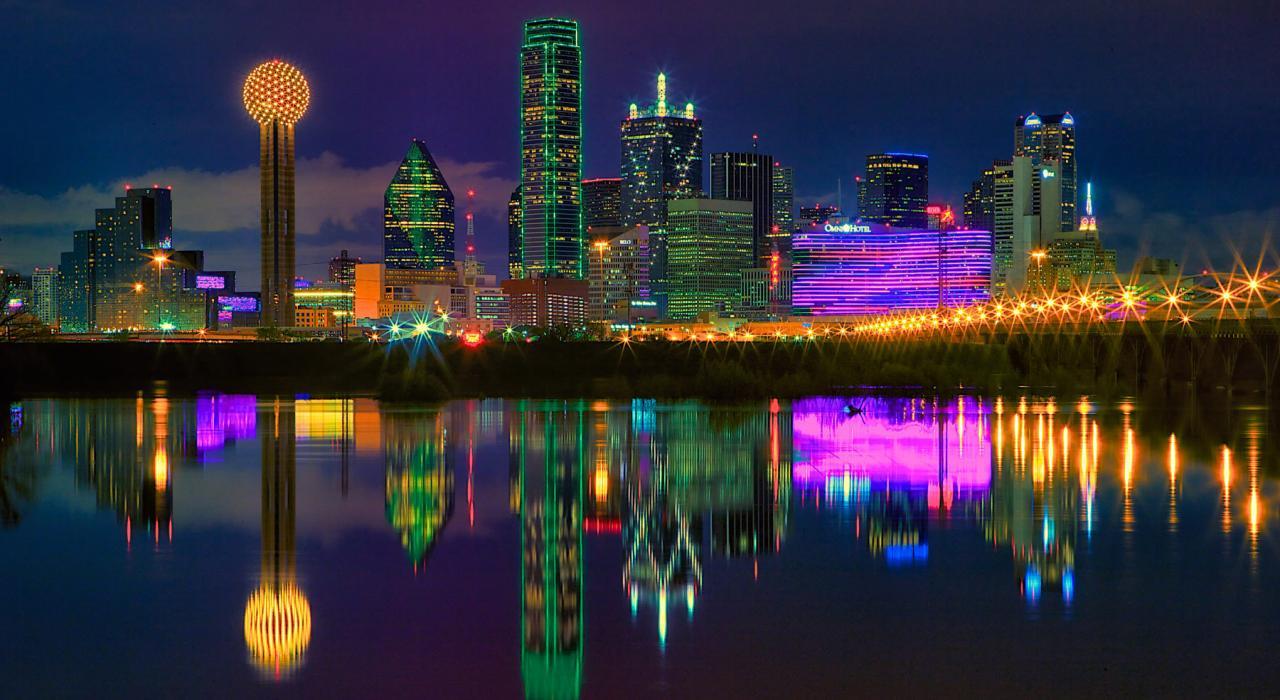
©Matt Pasant
